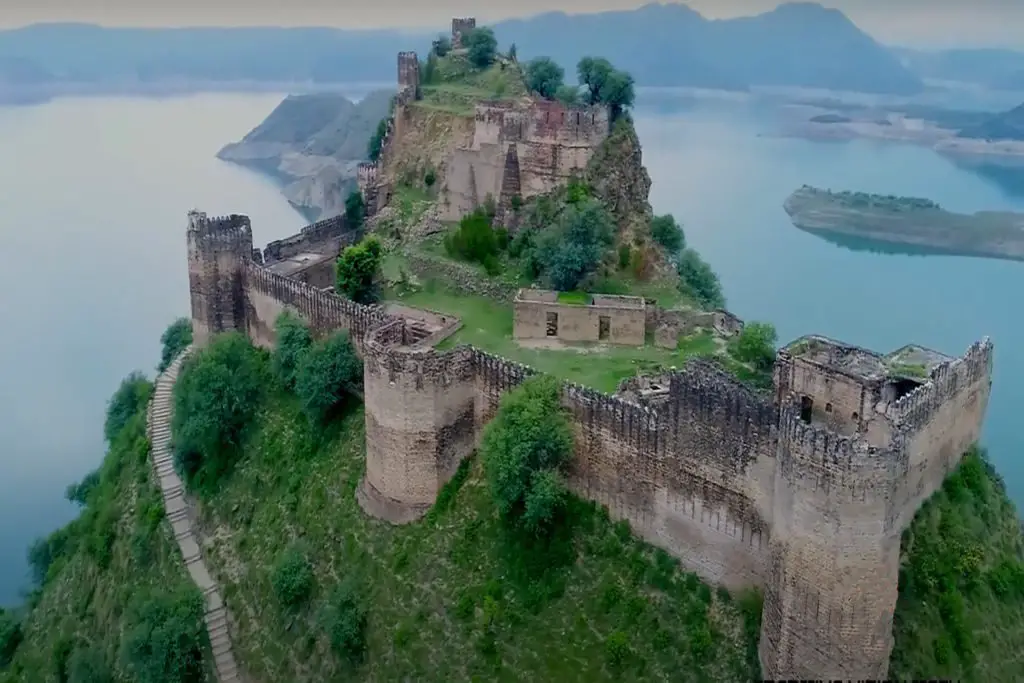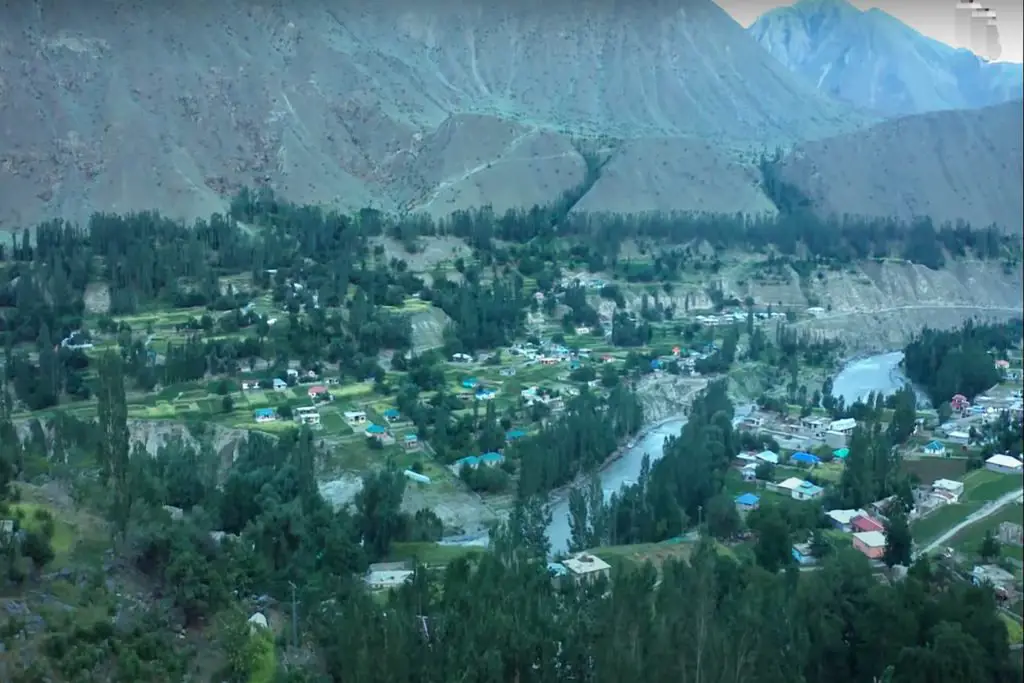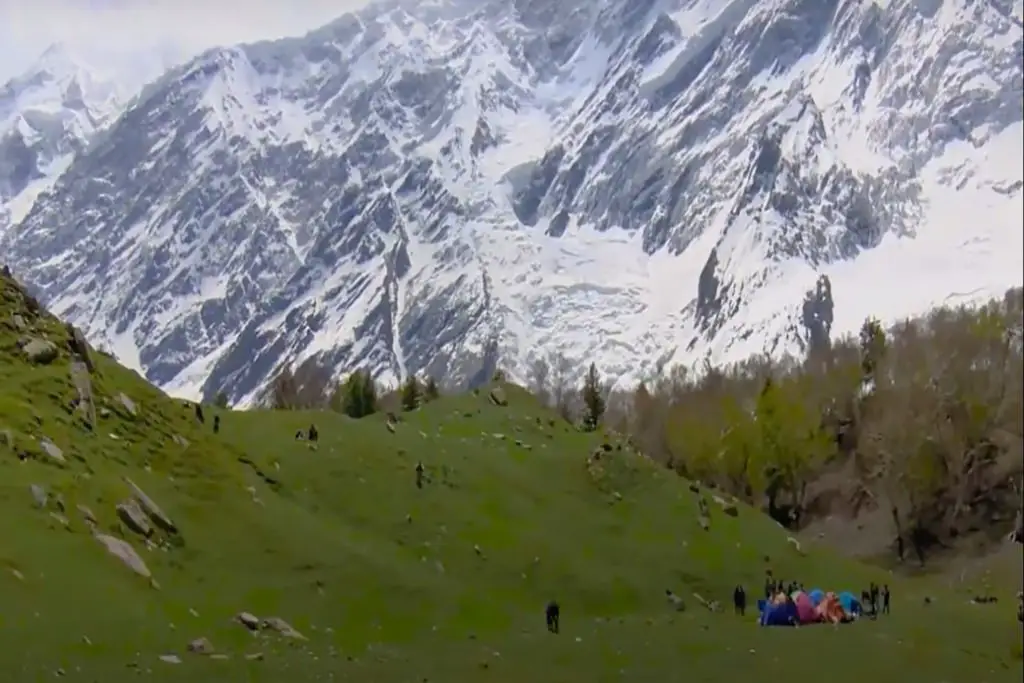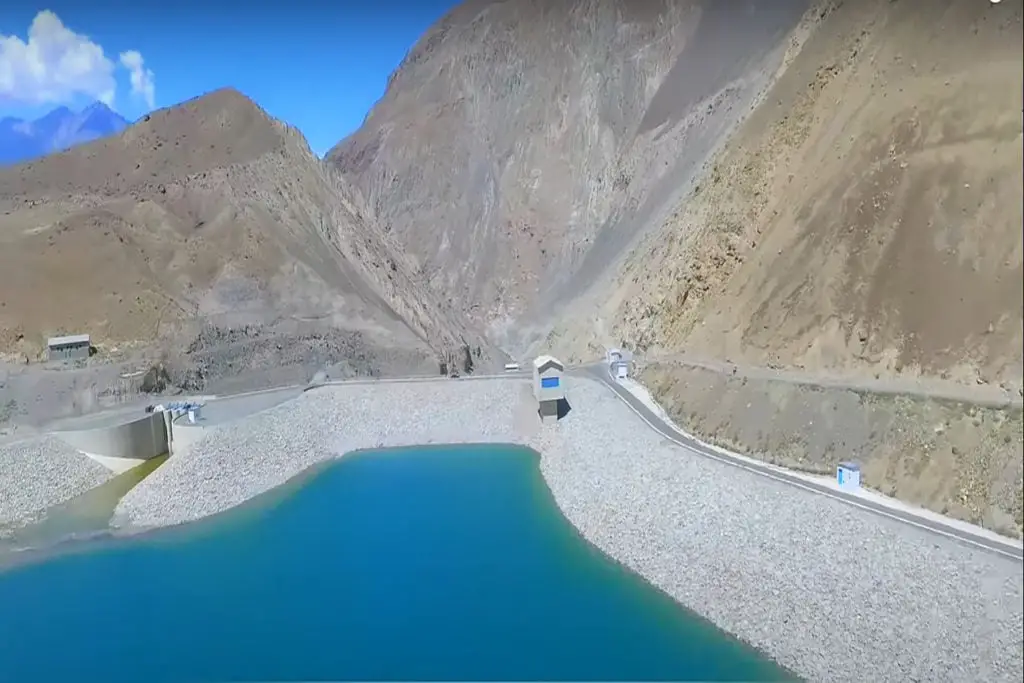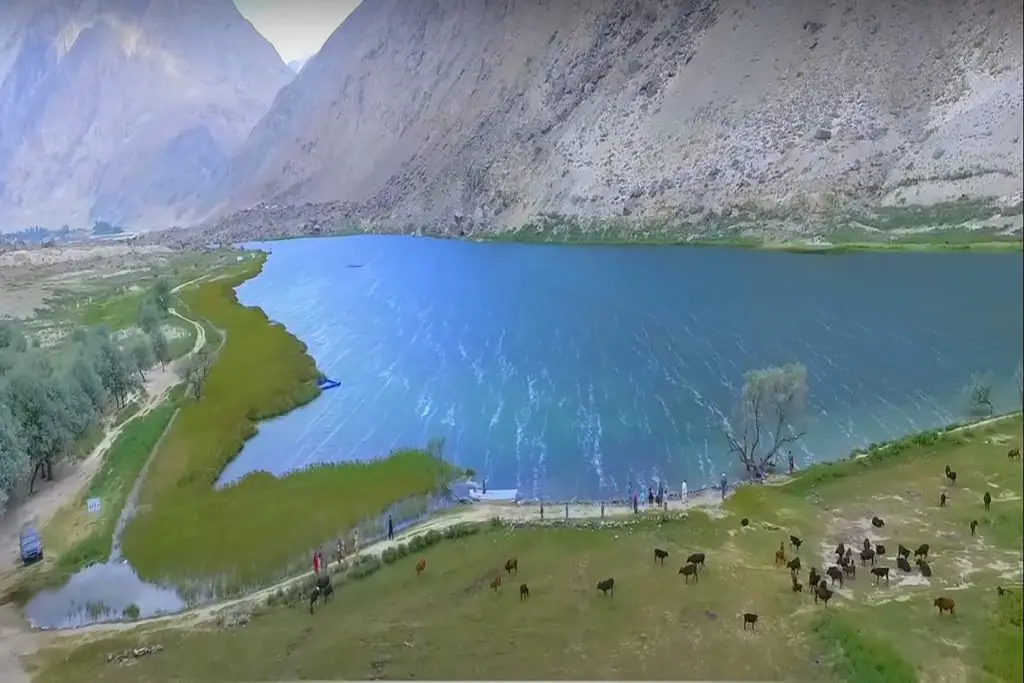Nestled in the picturesque Gupis Valley, in the Gilgit-Baltistan region of Pakistan, lies a hidden gem of historical significance – the Gupis Fort. The fort, which is estimated to be over 600 years old, sits atop a hill overlooking the scenic valley and serves as a testament to the rich cultural heritage of the region.
Location of Gupis Fort
Gilgit-Baltistan, a mountainous region in the northern part of Pakistan, is home to many historical and cultural landmarks. One such landmark is the Gupis Fort, which is located in the district of Ghizer, about 112 kilometers from Gilgit.
Gupis Fort History
The Gupis Fort was built in the 7th century by the local ruler of the time, Raja Gopis. The fort served as a military stronghold and a center of governance for many centuries. It was strategically located on a hilltop overlooking the Gupis Valley, which made it easier for the rulers to defend their kingdom against invaders.
Over the centuries, it has witnessed many battles and was occupied by several rulers, including the Chitrali, Kashgari, and Yarkandi rulers. Despite its turbulent history, the fort still stands tall and has been preserved over the years.
Visitors to the fort can explore its various sections, including the royal chambers, which offer a glimpse into the lavish lifestyle of the rulers of the time. The fort also features a watchtower that provides a panoramic view of the surrounding valley, offering visitors a glimpse into the stunning natural beauty of the region.
The Gupis Fort is an important historical landmark that offers visitors a glimpse into the region’s rich cultural and historical heritage. It is a must-visit destination for anyone interested in exploring the hidden gems of Pakistan.
Image Gallery
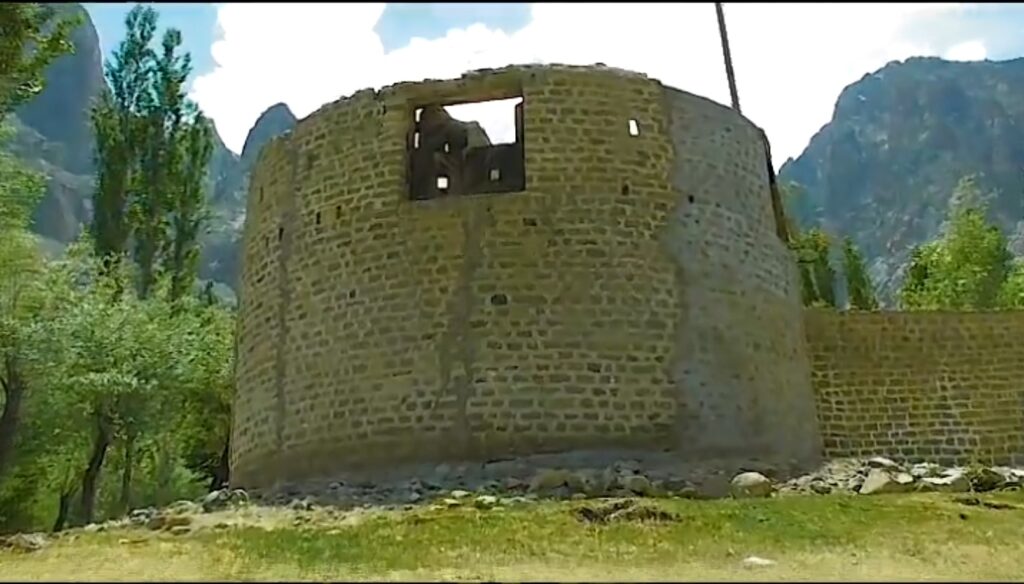
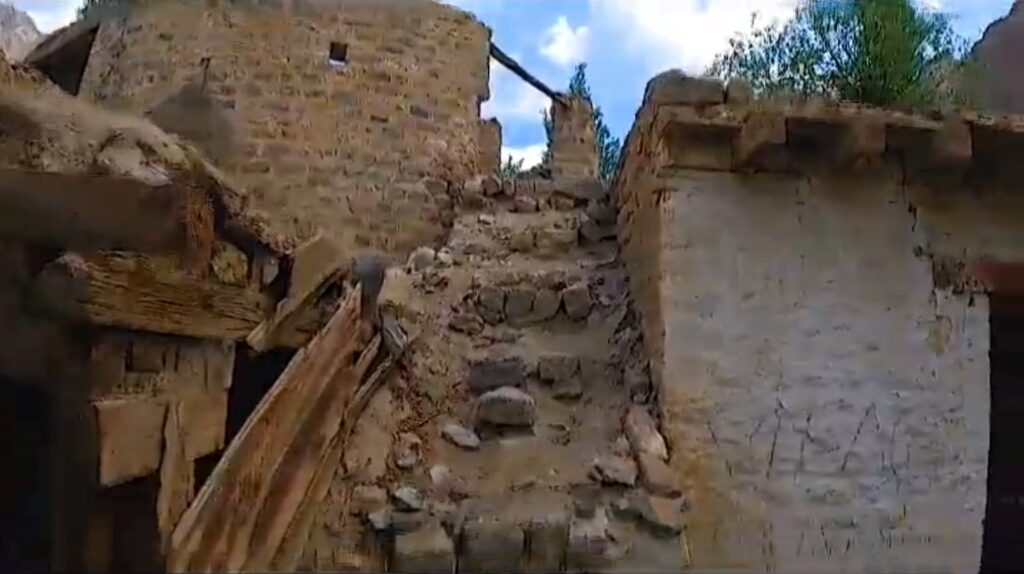
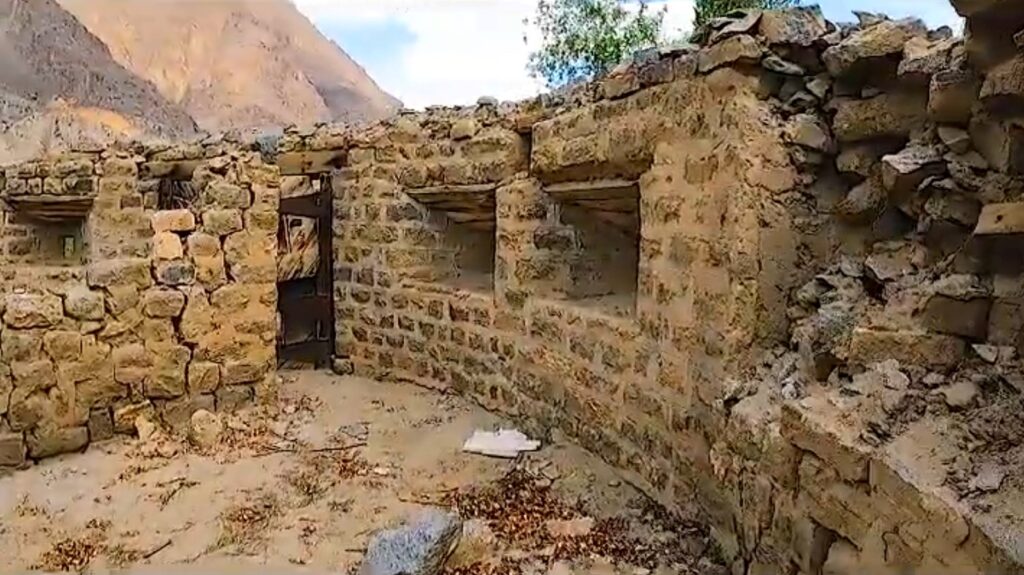
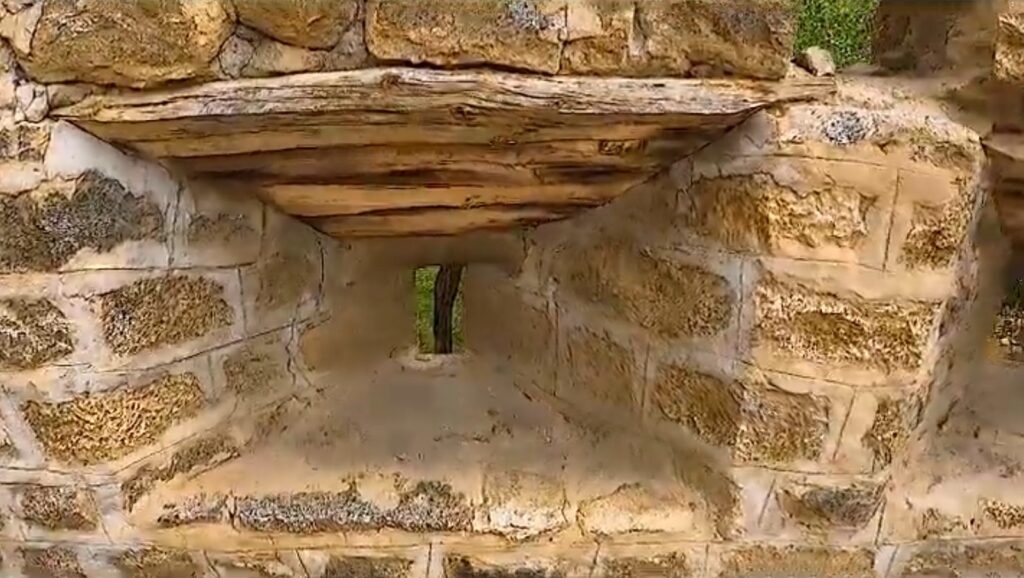
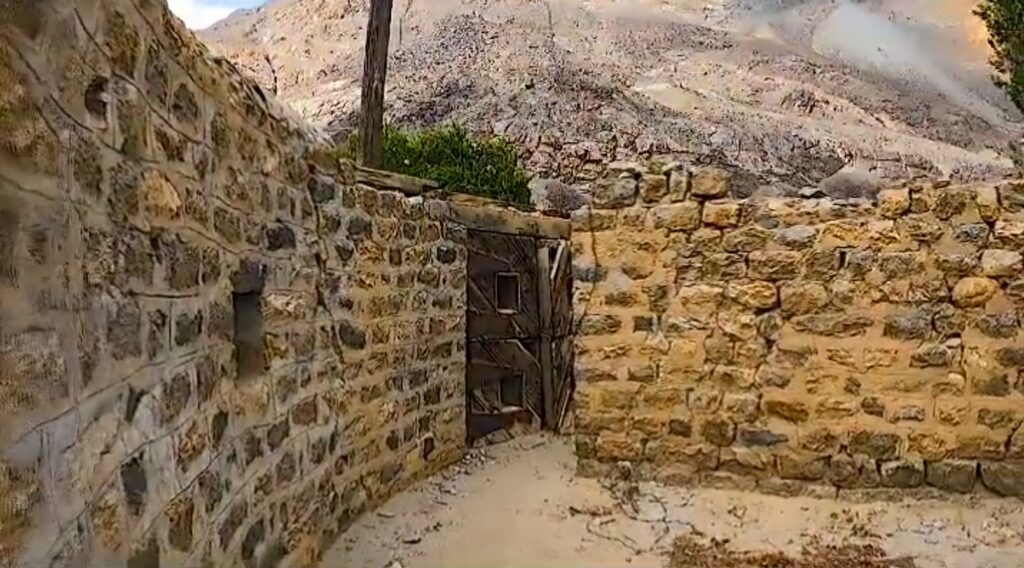
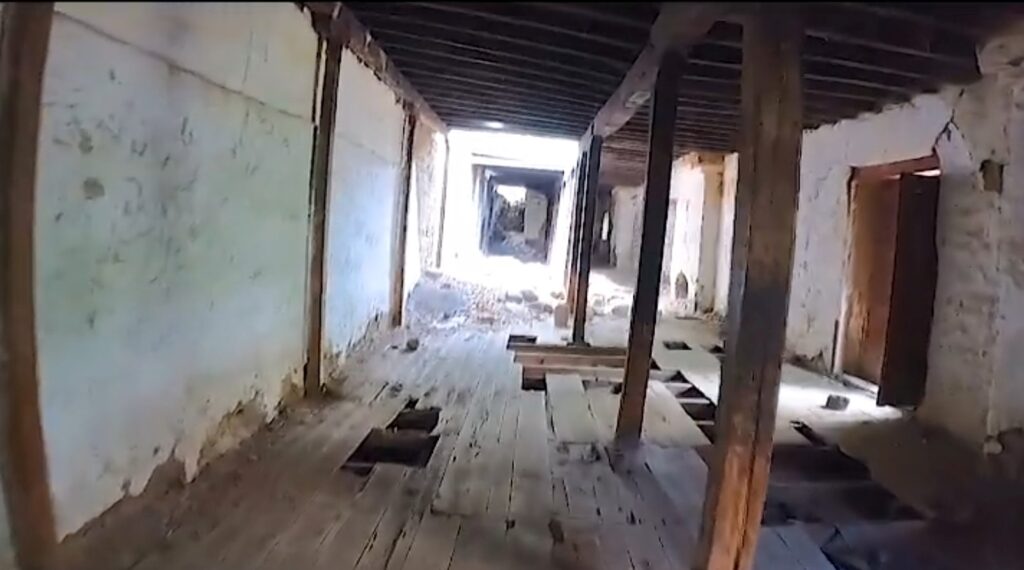
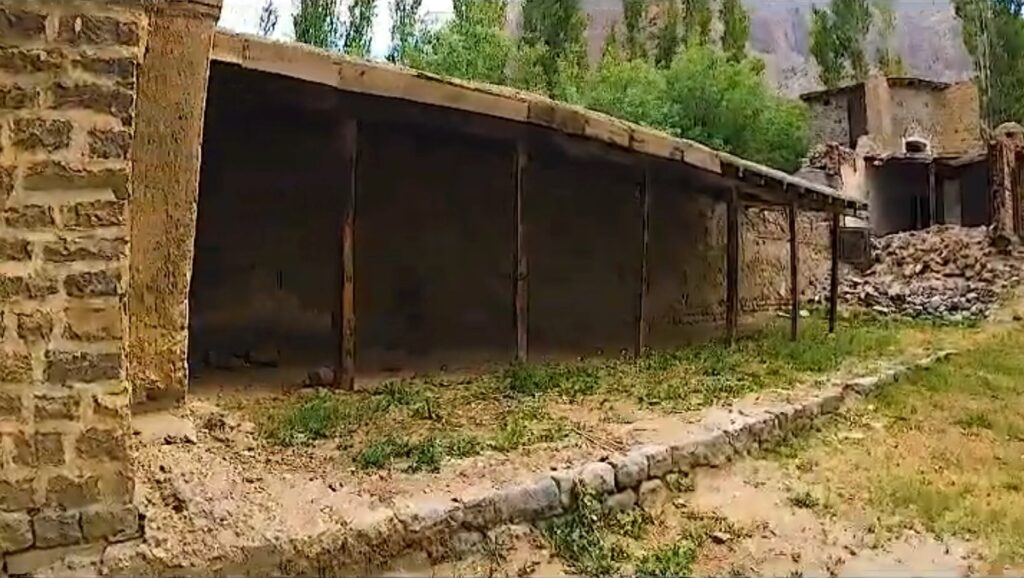
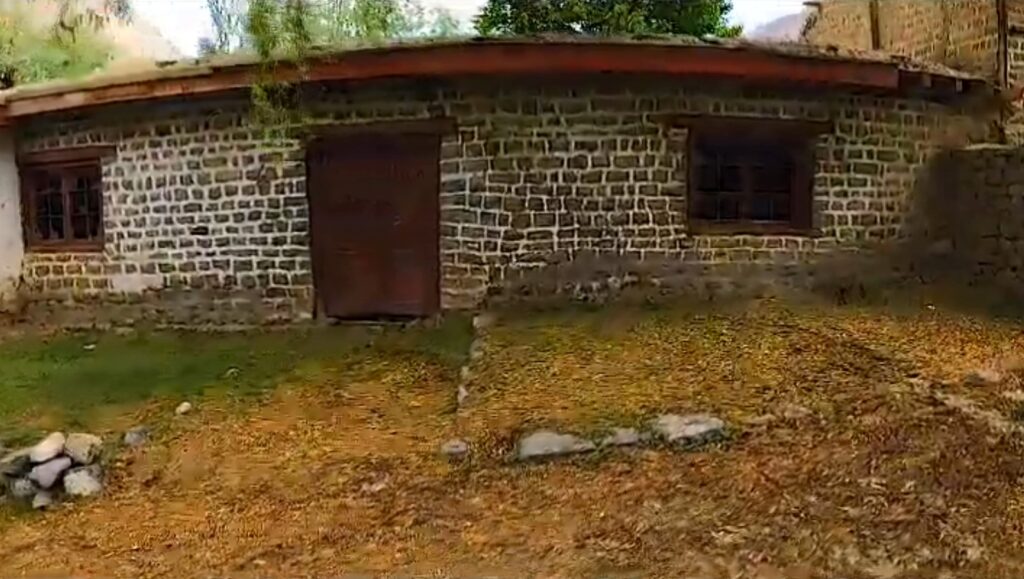
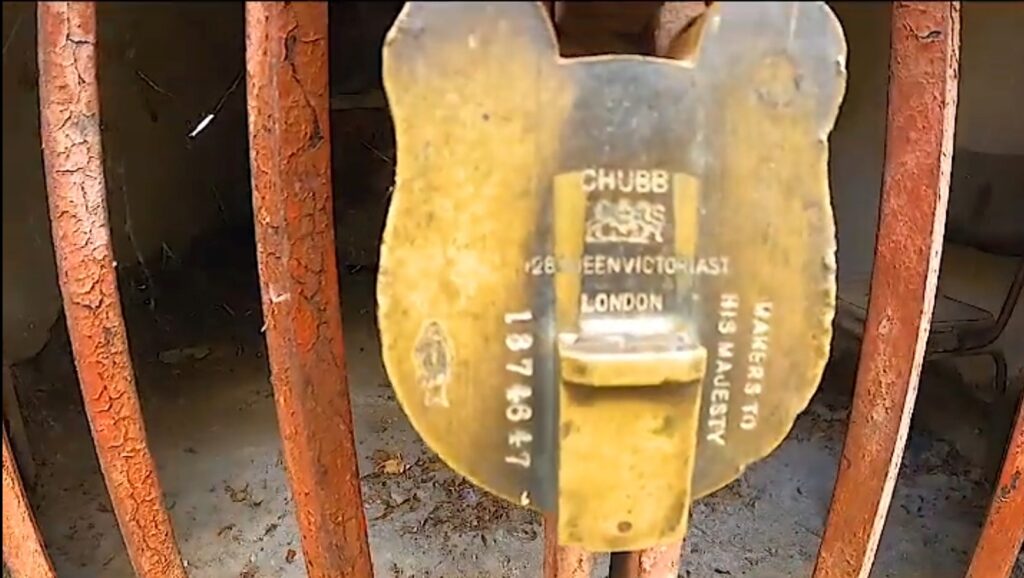
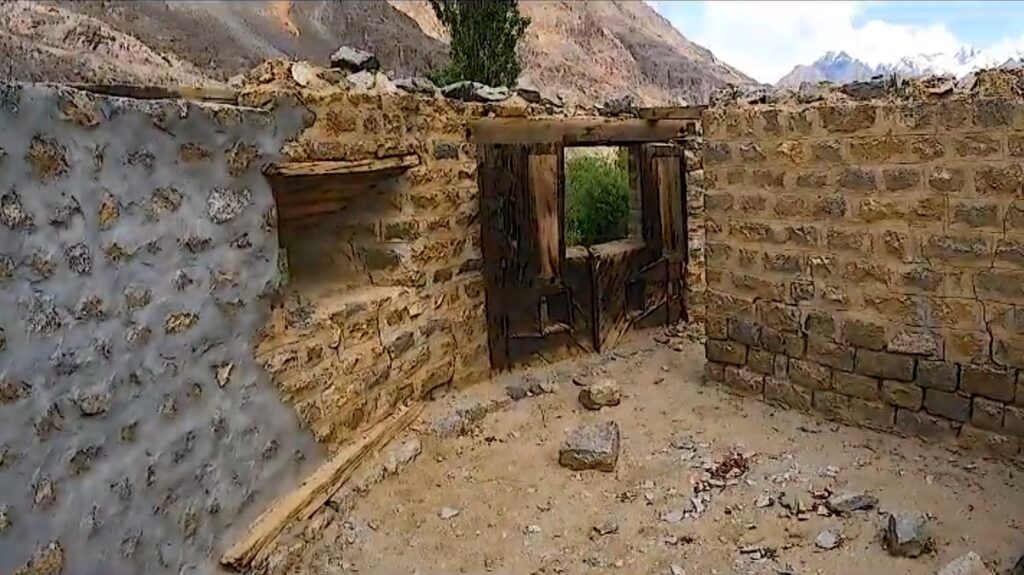
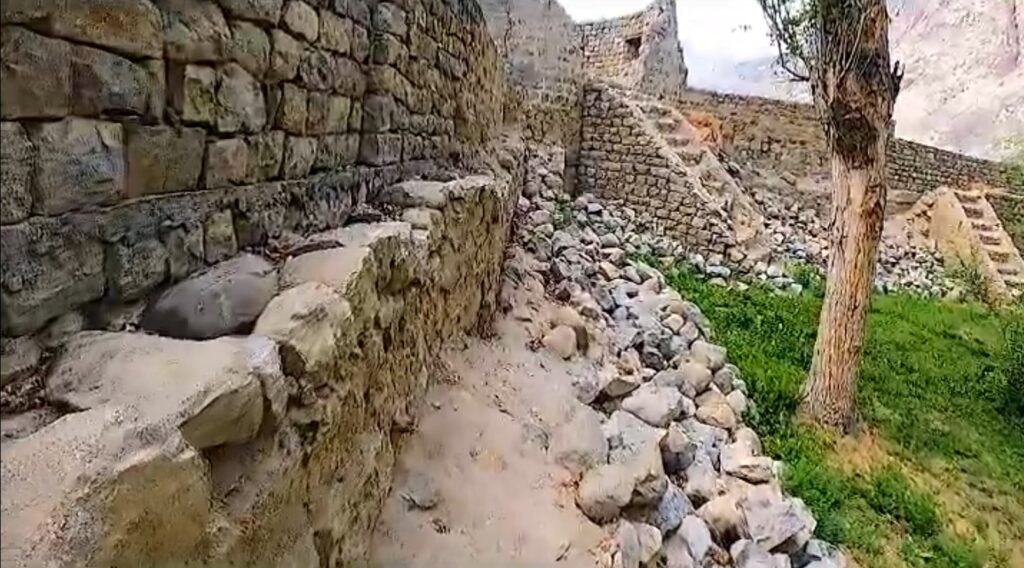
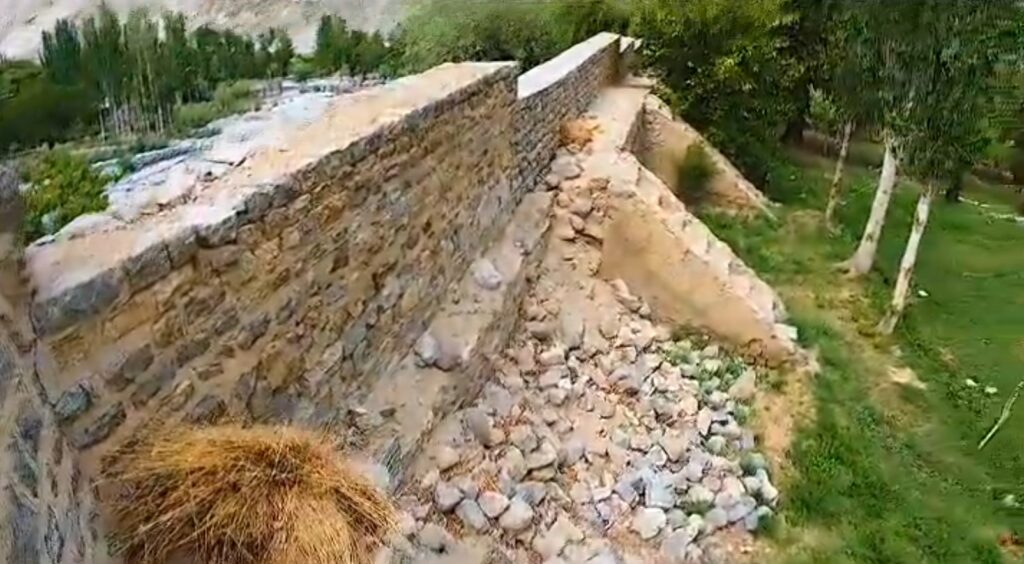
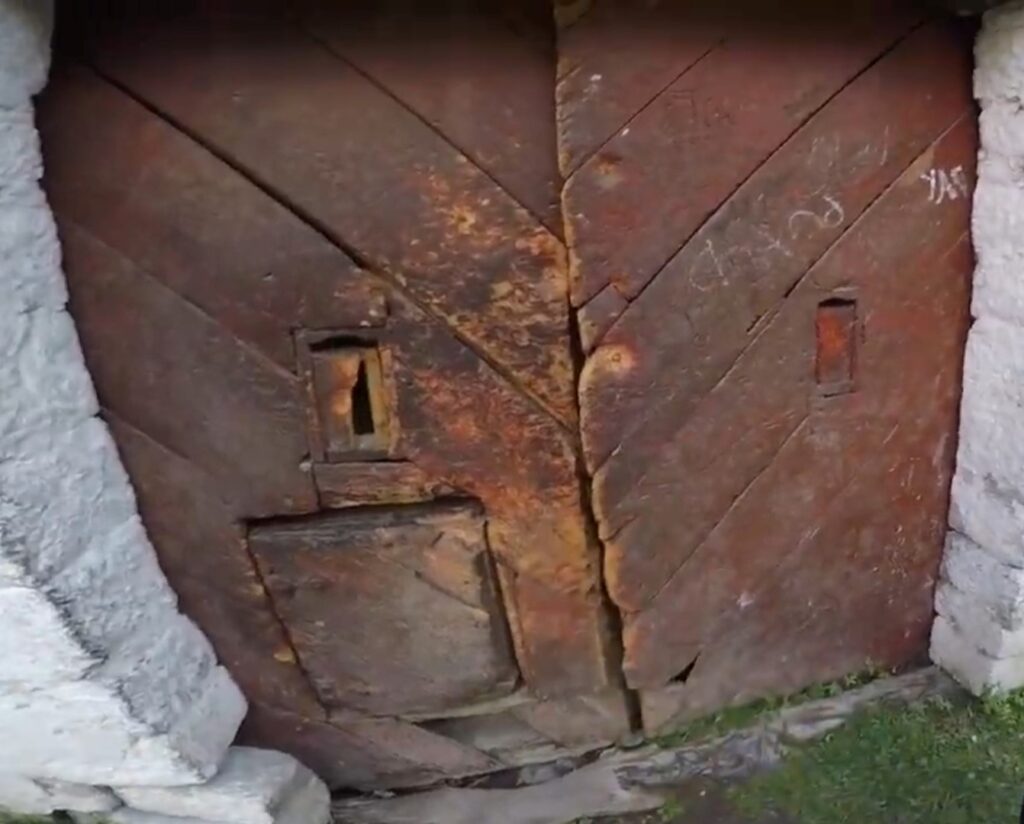
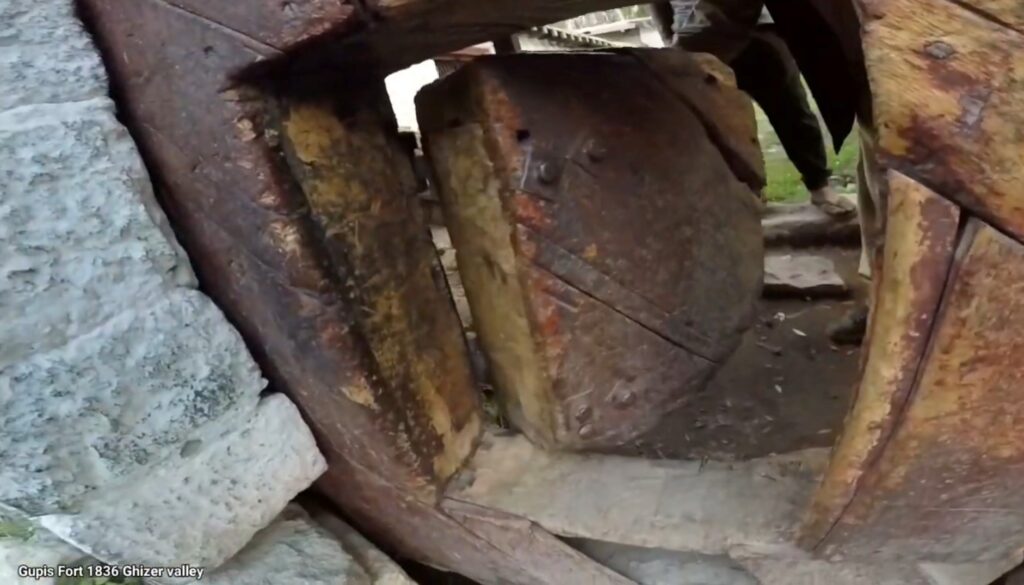
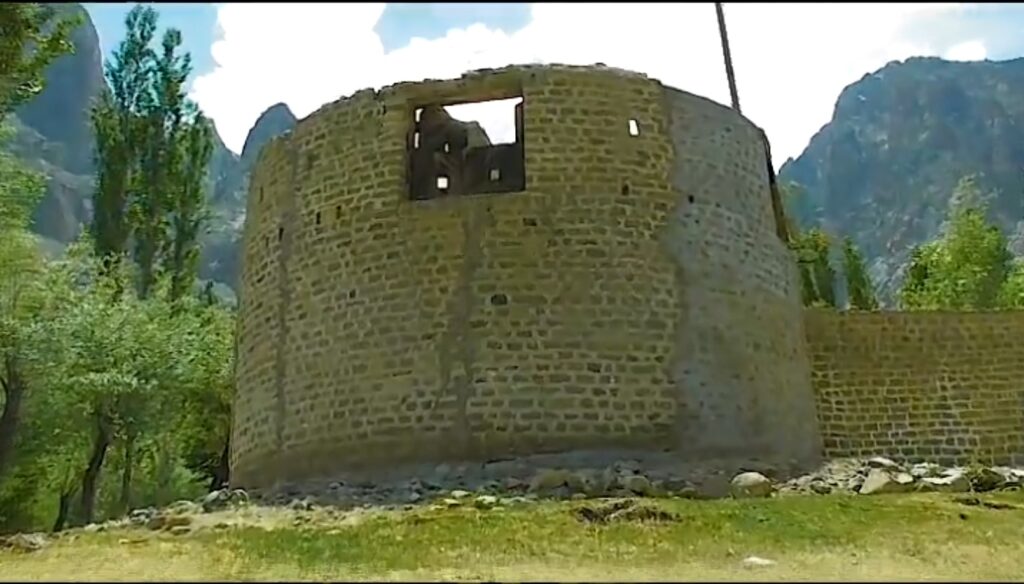
The fort is made of stone and mud, and it consists of two main parts: the upper fort and the lower fort. The upper fort is the older part of the fort and is believed to have been built by Raja Gopis. It has a rectangular shape and is surrounded by a high wall with watchtowers at each corner. The lower fort, on the other hand, is a more recent addition and was built in the 18th century by the local ruler, Mirza Muhammad Rafiq.
Visitors to the Gupis Fort can explore both the upper and lower forts and see the many historical artifacts on display. These include ancient coins, pottery, and weaponry that were used by the local rulers and their armies. Visitors can also climb to the top of the fort and enjoy breathtaking views of the surrounding landscape, which includes the Gupis Valley, the Gilgit River, and the nearby mountains.
In addition to its historical significance, the Gupis Fort is also a popular tourist destination because of its scenic location and the many outdoor activities that are available in the area. Visitors can go trekking, hiking, and camping in the nearby mountains, or they can go fishing in the Gilgit River. The area is also famous for its local handicrafts, such as woolen shawls and carpets, which visitors can purchase from the local markets.
The Gupis Fort is an important landmark in Gilgit-Baltistan and a testament to the rich cultural and historical heritage of the region. Its unique architecture, scenic location, and historical significance make it a must-visit destination for anyone interested in the history and culture of Pakistan.
Renovation & Conservation of Gupis Fort
The current state of Gupis Fort is a matter of concern as it remains in a highly deteriorated condition with apparent neglect in terms of maintenance and care. The relevant authorities must acknowledge the historical and cultural significance of this architectural marvel and take immediate action to conserve and restore it to its former glory.
Gupis Fort, with its unique design and historical value, holds immense potential as a prominent heritage site. However, the lack of attention and proper upkeep has resulted in its degradation over time. To rectify this situation, concerted efforts must be made to revitalize and preserve the fort.
Conservation and renovation projects necessitate substantial commitment from the authorities. Adequate resources should be allocated to initiate comprehensive restoration plans. It is crucial to engage expert professionals in heritage conservation and restoration to ensure the highest standards are met during the process.
Collaboration with local communities, heritage organizations, and other stakeholders is vital for the successful conservation of Gupis Fort. Establishing partnerships that foster a sense of shared responsibility and ownership will create a sustainable framework for its long-term preservation.
Raising awareness about the deteriorating condition of Gupis Fort and its historical significance is crucial. Education campaigns targeting the general public, tourists, and potential donors can help garner support for the restoration efforts. Advocacy initiatives highlighting the cultural value and tourism potential of the fort can also play a significant role in attracting attention and resources.
Furthermore, seeking assistance from international organizations specializing in heritage preservation may prove beneficial. These organizations often possess expertise, experience, and funding opportunities that can contribute to the successful restoration of Gupis Fort.
Conserving and renovating Gupis Fort will yield numerous benefits. Apart from safeguarding its architectural and historical value, the restoration will revive a significant cultural landmark, contributing to the local economy through increased tourism and cultural appreciation. Moreover, it will preserve the heritage of the region for future generations, fostering a sense of pride and identity.
In conclusion, the neglected state of Gupis Fort demands immediate attention from the authorities. By recognizing its historical importance and undertaking comprehensive conservation and restoration efforts, this remarkable architectural gem can be revitalized. The restoration of Gupis Fort will not only preserve our heritage but also contribute to the cultural and economic development of the region.

